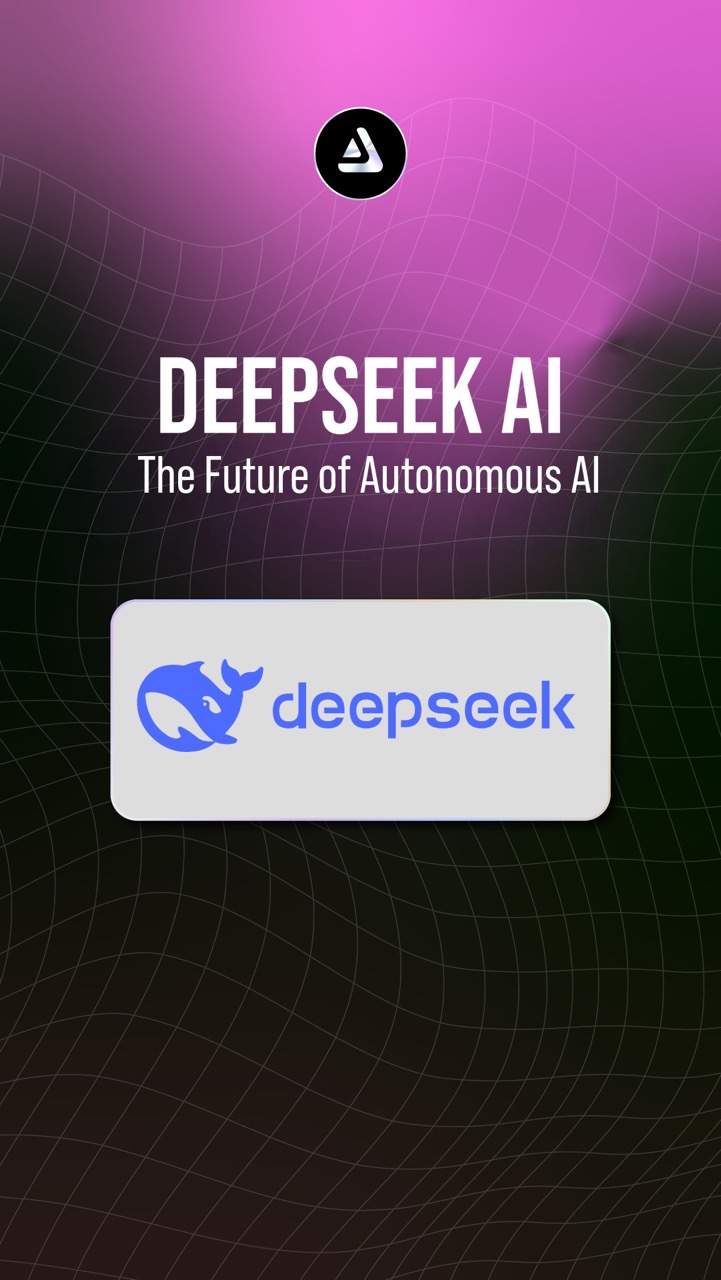
DeepSeek R1: The Most Powerful Open-Source LLM Yet?
The AI landscape has been evolving rapidly, with open-source models competing fiercely against closed-source giants like OpenAI’s GPT series. Among these, DeepSeek R1 has emerged as a game-changer, surpassing other open-source alternatives like OpenAI’s o1 and Meta’s Llama 3 in terms of performance. Our engineers tested it firsthand, and they confirmed what many have been speculating—DeepSeek R1 is significantly more powerful than its competitors.
Power vs. Cost: The Unanswered Questions
While DeepSeek R1 is an impressive feat in the open-source AI space, its cost structure raises some concerns. There are rumors that DeepSeek owns thousands of Nvidia H100 GPUs, which are among the most powerful (and expensive) AI accelerators available. Running these at scale requires an enormous amount of electricity, yet the company has not disclosed details about power consumption or operational costs.
Even if DeepSeek has optimized for cost-effective computing with proprietary chips or efficient software stacks, the hidden costs of electricity and infrastructure maintenance remain a major factor. AI at this scale isn’t just about GPUs and storage—it’s about sustaining operations at a level that could rival major cloud providers.
Should You Try DeepSeek R1?
If you’re a developer, researcher, or company looking to build your own AI-powered solutions, DeepSeek R1 is absolutely worth exploring. The model’s power and capabilities make it one of the best open-source alternatives available today. Rather than limiting yourself to established players, experimenting with DeepSeek R1 could unlock new possibilities for innovation and customization.
As the AI arms race continues, one thing is clear—DeepSeek R1 has set a new benchmark for open-source LLMs. The real question now is whether its operational costs will be sustainable in the long run.
🚀 Give it a try and see for yourself. Let’s chat.



